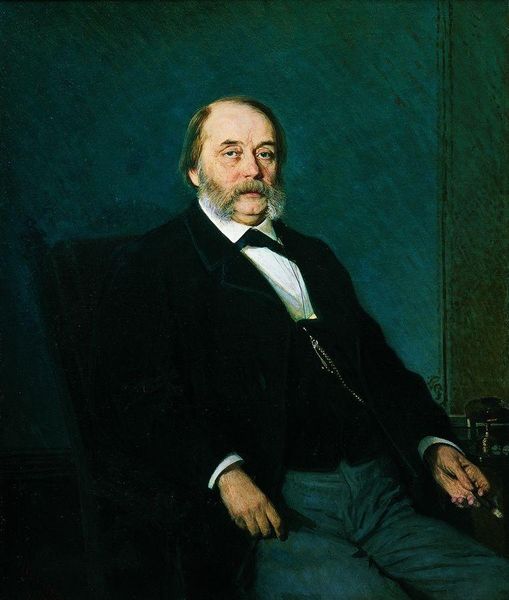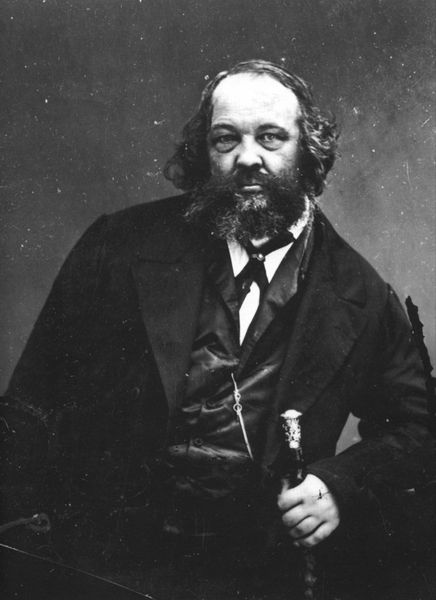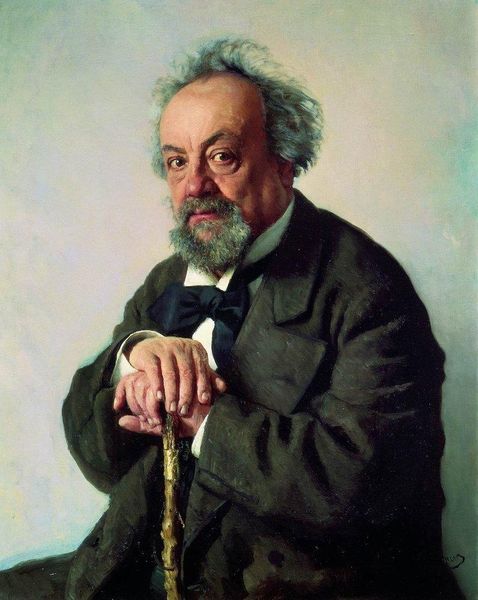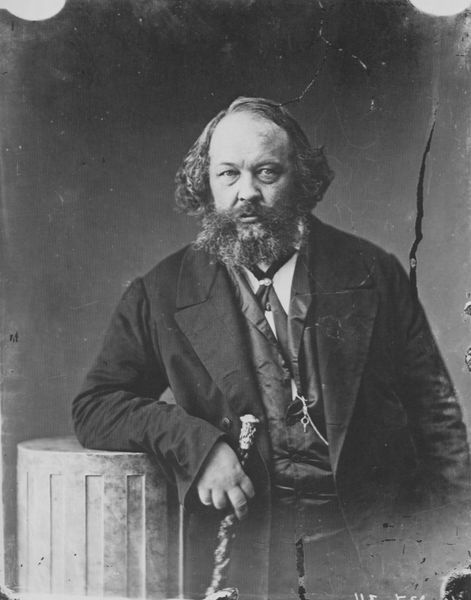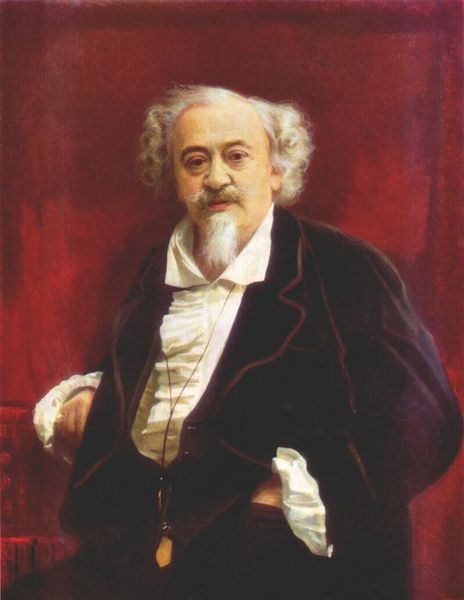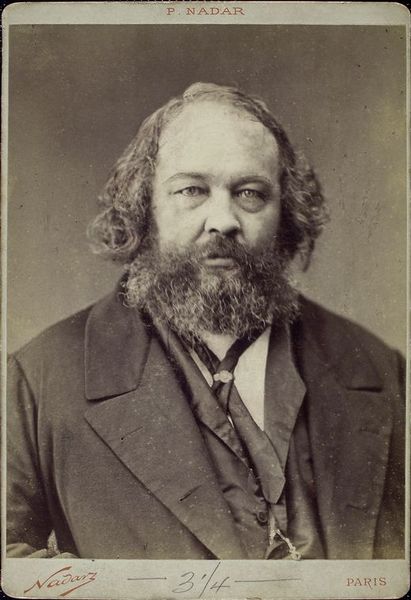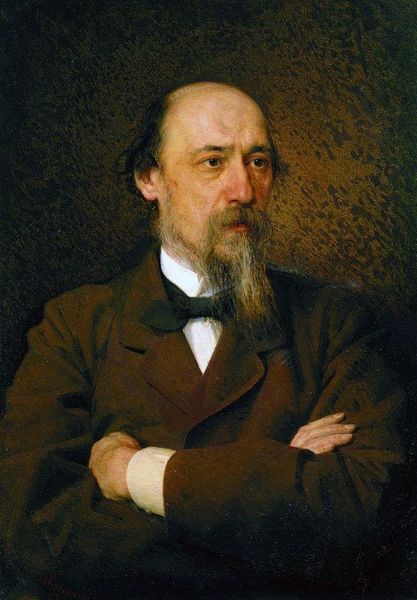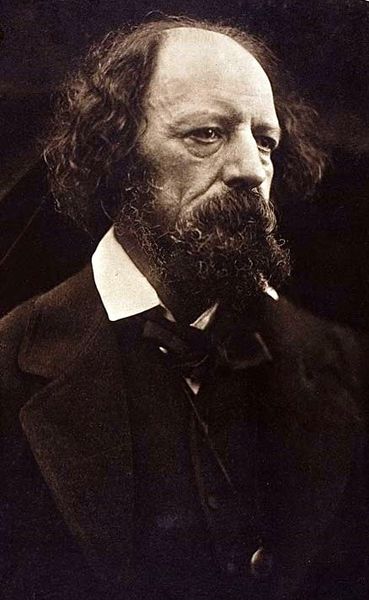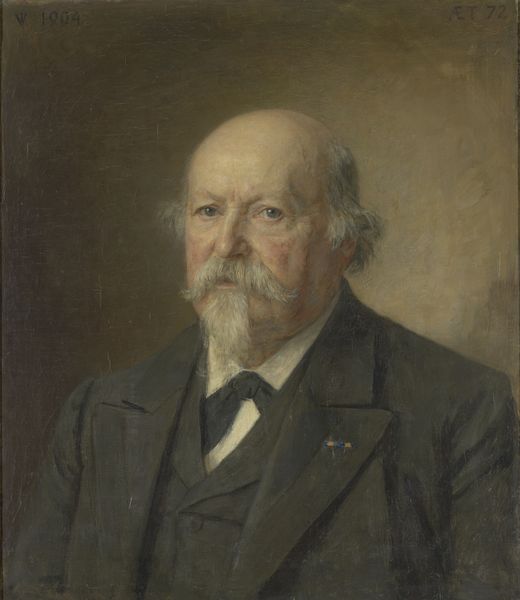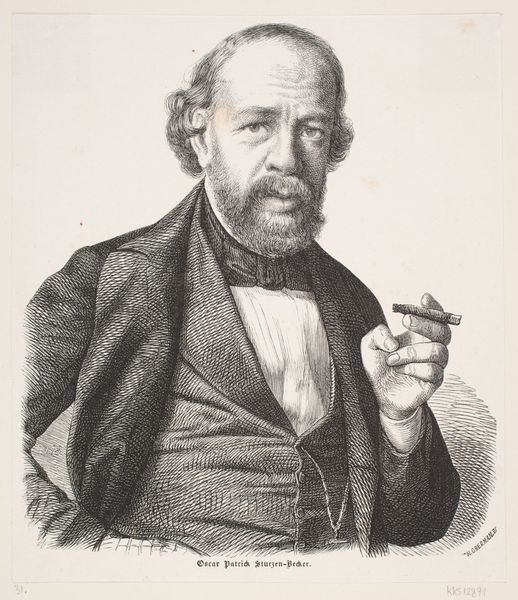
Portrait of the Composer Aleksandr Sergeyvich Dargomyzhsky
0:00
0:00
painting, oil-paint
#
portrait
#
portrait
#
painting
#
oil-paint
#
figuration
#
romanticism
#
history-painting
#
academic-art
Dimensions: 57.5 x 70.9 cm
Copyright: Public domain
Editor: This is Konstantin Makovsky’s “Portrait of the Composer Aleksandr Sergeyvich Dargomyzhsky.” I don’t have a specific date for you, but it’s an oil painting and resides in the Tretyakov Gallery in Moscow. The portrait feels so classically composed, yet I'm also struck by the sitter's gaze. What’s your take on this work? Curator: I see a powerful representation of 19th-century Russian intellectual life. Makovsky positions Dargomyzhsky not just as a composer, but as a figure embedded in a web of artistic and social influence. How does the portrait's visual language contribute to or challenge established power structures? Think about the pose, the clothing, and the overall tone of the work. Editor: Well, his pose looks very thoughtful, almost contemplative, and his clothing, while formal, seems to suggest a man of means and intellect. It does seem to communicate power but maybe more subtly, like he earned this status rather than inherited it? Curator: Precisely. This touches upon the complex relationship between artistic merit and social mobility within Tsarist Russia. Was access to the arts truly democratic? This portrait presents Dargomyzhsky as a cultural leader. But, whose stories aren't being told in these traditional depictions of artistic achievement? What about women composers or those from marginalized communities? Editor: That's such a good point. We see him, but there is a bigger story that might not be captured in the canon. Curator: Exactly. Portraits like these were instrumental in constructing historical narratives, often privileging certain voices. They influence who we remember and celebrate, while others remain obscured. Understanding this helps us critically assess the art history being written, and what biases are built into it. Editor: That's something I will certainly think about from now on when viewing portraits from the era! Curator: I’m glad we could delve deeper. By acknowledging the historical forces that shaped the work and the legacy that it had helps us develop a more inclusive understanding of art.
Comments
No comments
Be the first to comment and join the conversation on the ultimate creative platform.
